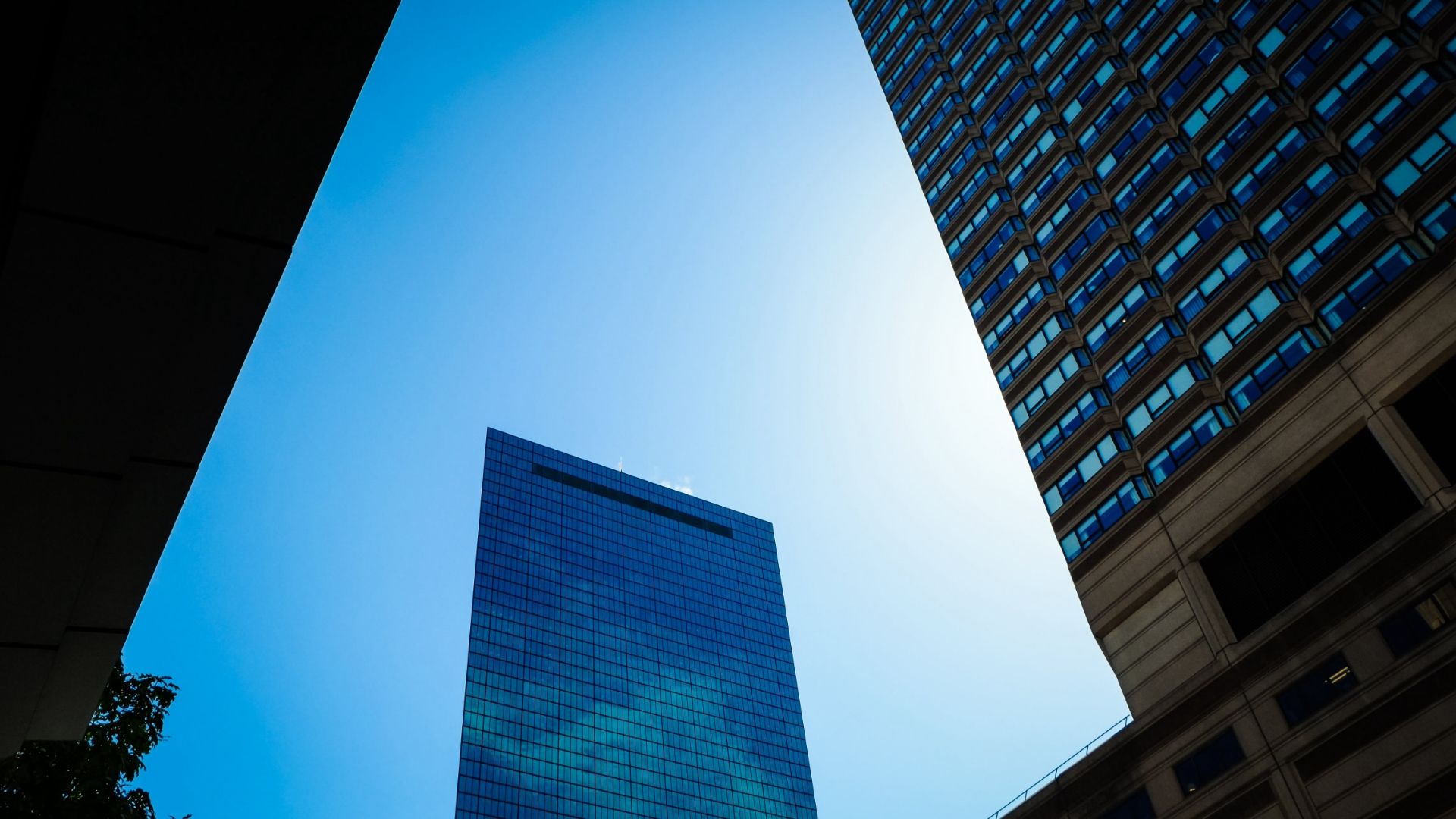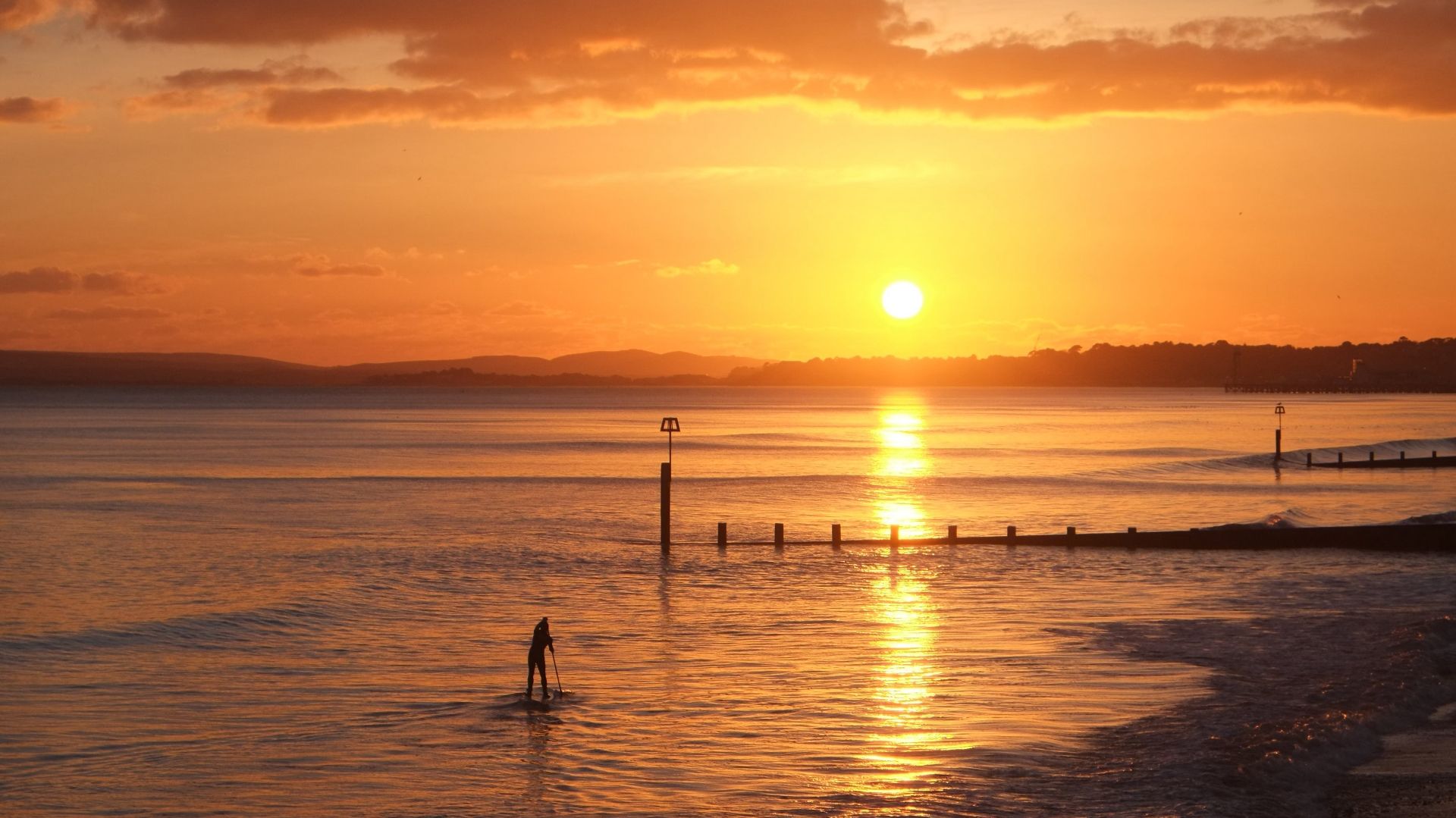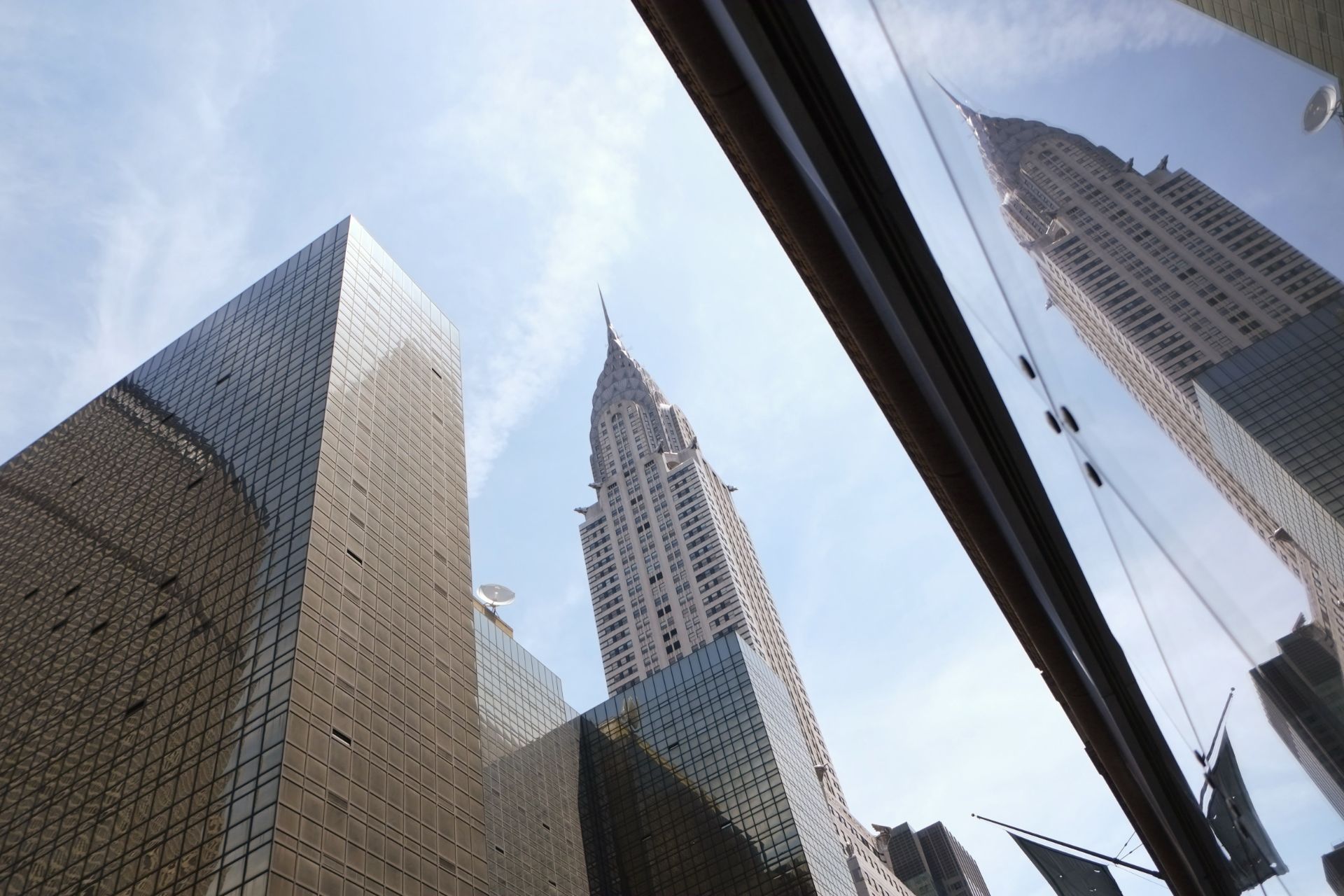Photography can be frustrating. There’s often a large gap between how we imagine our images will look and how they actually turn out. But you don’t have to learn photographic technique in great detail if you want to get better. A few quick tricks will help make your photos stand out.
1
Change the Perspective
The simplest way to make your photos look more interesting is to offer a different perspective on a subject. It’s natural to just stand and snap away when you see something interesting. But if you shoot all your images from eye level, the results will often be boring.
There’s an easy fix. Crouch down, and you change where the horizon sits in your frame, you elongate the foreground, and if you tilt the camera up, you can make the subject of your photo loom large in the image. It’ll look completely different from what anyone is used to seeing.
Alternatively, you can go the other way and hold the camera above your head, and tilt it downwards to offer more of a bird’s eye view of the scene.
2
Hold It Straight
I’m not going to go into technical things here, but if there’s one setting you should enable in your camera app (or on your dedicated camera), it’s the level indicator. The difference between a throwaway snapshot and something worth printing or sharing can often be as simple as whether or not the photo is straight.
This is especially true for landscapes where you would expect the horizon to be, as the word suggests, horizontal.
How you enable this feature depends on what camera you’re using. On an iPhone, it’s the “Level” option in the camera settings. On a Pixel, go into the settings and enable “Framing Hints.”
3
…Or Play With Angles
This is not to say that you need to keep the horizon straight all the time. Playing with angles can add interest to your shots.
The key here is to be deliberate with it. If the horizon is five degrees off straight, it’ll look like a mistake. If it’s 25 degrees off, it will look like you did it on purpose. If you want to experiment with angles, be bold, not half-hearted.
4
Pick a Subject
It might sound obvious, but you should make sure that your photo has a subject. Pictures taken in busy environments can be so cluttered it’s not clear what you’re supposed to be looking at. Landscape photos, by comparison, can often be empty.
Try to make it obvious where your eyes should fall in the picture. Typically, that means having the subject in the foreground or the middle ground.
If you’re shooting a landscape and the interesting stuff is in the background, try to place an object in one of the bottom corners to add layers to your image. Something as simple as a tree in the foreground of the frame will help.
5
Fill the Frame
A way to really bring emphasis to what you’re shooting is to fill the frame with the subject. It won’t work for everything, but it can produce striking results.
Whether you’re shooting an activity, a face, a flower, or whatever else, get in nice and close. It works well for plants and animals where you want to capture fine detail, and also for street photography where you want to minimize the busy background as far as possible.
6
Simplify the Background
When focusing on a subject, it’s easy to overlook what’s in the background. The background can be the difference between a great shot and one that you delete.
In the most basic terms, this means making sure you haven’t got a branch or a lampshade that looks like it’s emerging from the back of someone’s head, or framing your shot of the Grand Canyon so it isn’t full of tourists.
Even beyond that, though, you can work to reduce clutter in the background to clean up the image and draw the focus to the subject. Move around and try a few different angles. Capturing the greatest separation between the subject and the background will often produce the best results.
You can use things like Google’s Magic Eraser Tool to remove unwanted objects from your images, but it’s always better to get it right the first time.
7
Zoom With Your Feet
Many smartphone cameras now have multiple lenses that help you get closer to your subject, or to go wider and get more into your shot. But that’s only the starting point.
You can almost always tighten up your composition by what’s often described as “zooming with your feet.” Instead of shooting where you stand, take a few steps forward to reduce the clutter in the background and fill the frame with your subject. Or take a few steps further back to make sure you’re not cropping the edges of a subject and capturing all the relevant context for your shot.
The main camera on a phone is higher quality than the zoom or ultra-wide-angle options, so use that as much as possible.
All of these tips are things that you can pick up without any effort at all. You can elevate your photos from a simple record of something you did, or somewhere you went, to something a whole lot more interesting just by taking a moment to consider your composition before you snap.
Oh, and making sure you avoid these mistakes will help, too.










